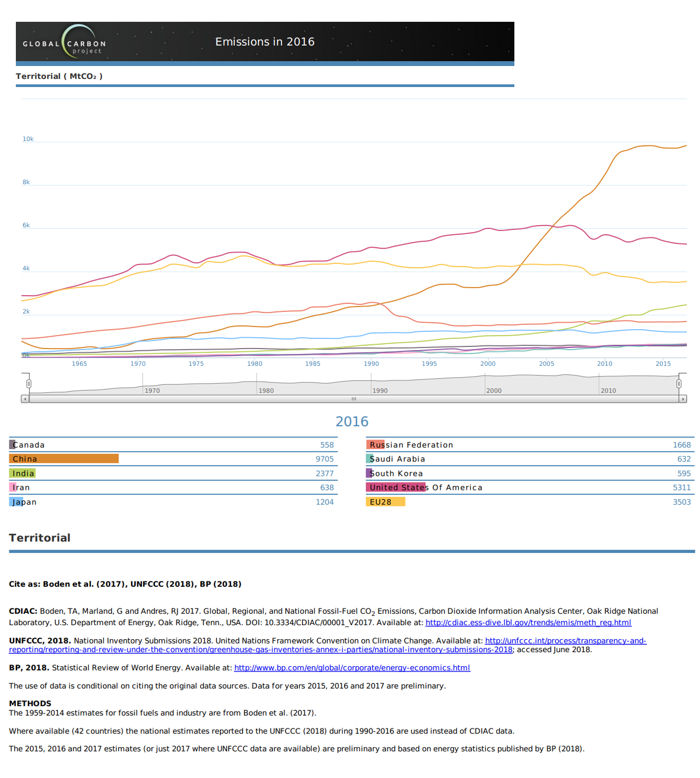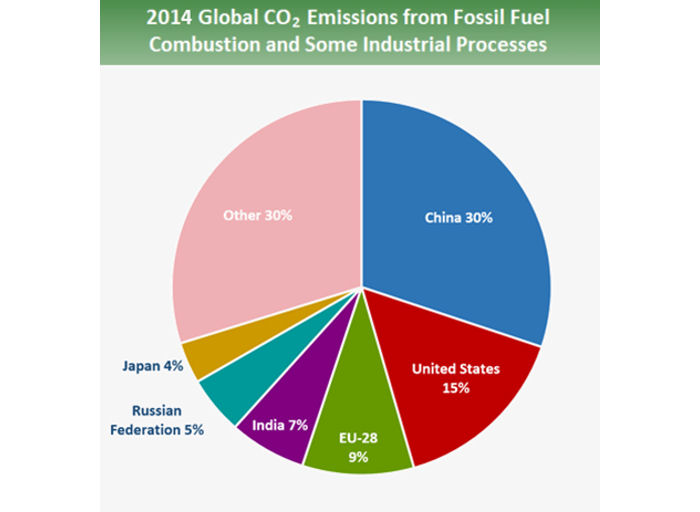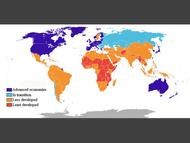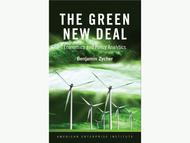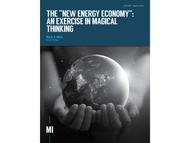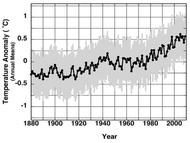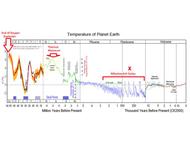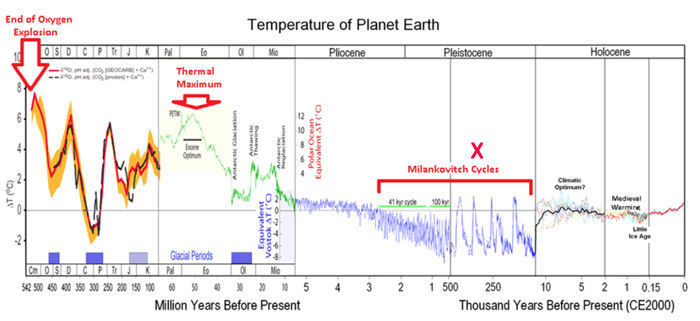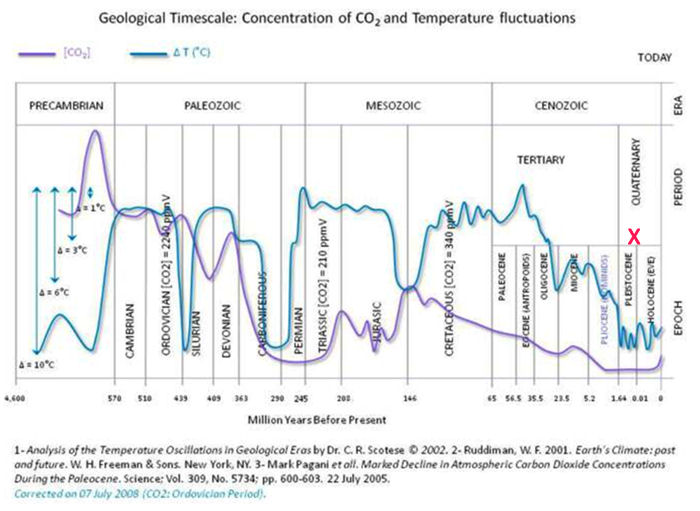The United Nations Environmental Program (UNEP) predicted in 2005 that 50 million people could become climate refugees by 2010. UNEP produced a map identifying areas of the globe threatened in various ways by climate change.
The President of the UN General Assembly said in 2008 that it had been estimated that between 50 and 200 million people could become climate refugees. The Environmental Justice Foundation warned that “10% of the global population is at risk of forced displacement due to climate change.” Some scientists have been claiming for years that there are already 25 million climate refugees. These predictions, statements and claims have failed to materialize and have been abandoned. The Asian Correspondent published an article asking what happened to these climate refugees, which concluded as follows:
“However, a very cursory look at the first available evidence seems to show that the places identified by the UNEP as most at risk of having climate refugees are not only not losing people, they are actually among the fastest growing regions in the world.”
More recently, there has been a concerted effort to link migration from the Middle East and Africa to climate change, primarily by correlating climate “stress” with the climates of war, poverty, religious persecution and gang violence in the countries from which they are fleeing. In some cases, weather events such as droughts and floods have been conflated with climate change, as if to suggest that such events had not occurred previously in these countries, though this is hardly the case.
Most recently, former US Vice President Al Gore and others have asserted that the refugee caravans fleeing Central America are the result of climate change. These assertions are essentially denied by the refugees themselves, who acknowledge that they are fleeing high unemployment, poverty, gang violence and, in some cases, adverse weather events. They are seeking a better life in the US, not merely refugee status in Mexico.
However, these Central American refugee caravans appear not to be spontaneous responses to conditions in their countries. Rather, these caravans are organized, funded, directed and supported by individuals or organizations which have chosen to keep their identities secret; and, aided by the UN Migration Agency. The organization of these caravans is obvious, based on the food, water, sanitation and transportation resources which have been provided along their routes of travel. The direction being provided has caused the caravans to travel greater distances to approach the US border at California, rather than Arizona, New Mexico or Texas.
The first and so far, only self-declared climate refugee, a resident of the island nation of Tuvalu, was denied refugee status in New Zealand since Tuvalu, rather than succumbing to the ravages of rising sea levels, is actually increasing in area. The Maldives, which at one point were the “poster child” for imminent climate refugee migration to higher land, are also growing in land area.
The issue of climate refugees, should there ever be any such refugees, would give rise to demands for financial support and ultimately compensation, raising again the issue of the standards of evidence applied to support and compensation decisions.
 The Right Insight is looking for writers who are qualified in our content areas. Learn More...
The Right Insight is looking for writers who are qualified in our content areas. Learn More...

